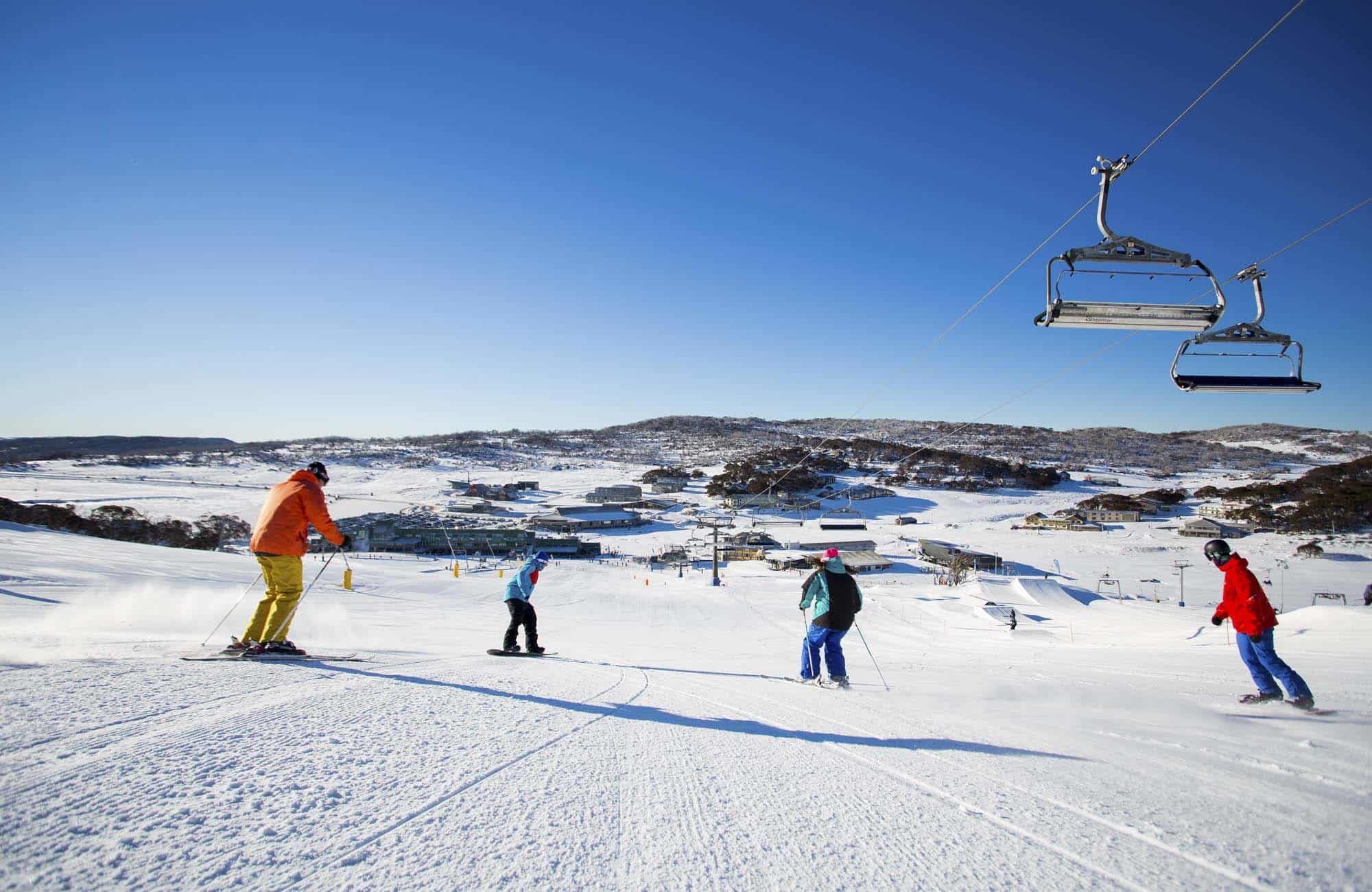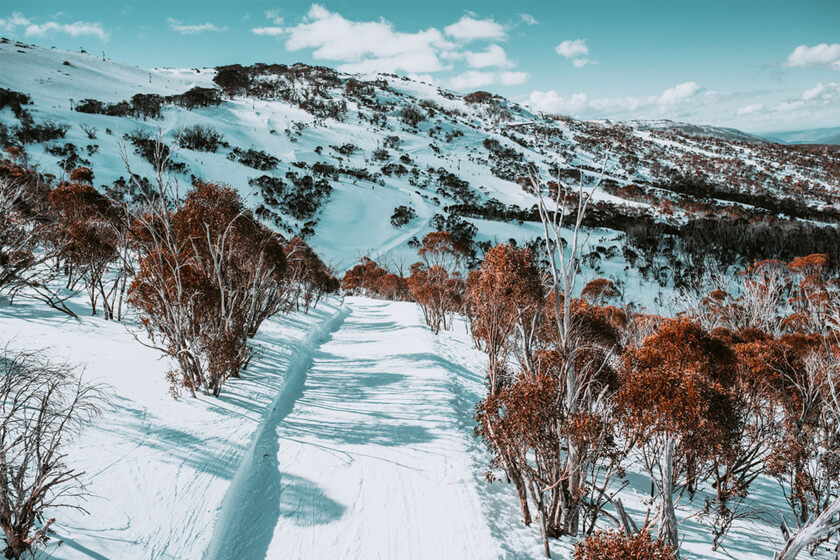Find Out Which Parts Get the Heaviest Snow In Australia During the Winter Months
Find Out Which Parts Get the Heaviest Snow In Australia During the Winter Months
Blog Article
Comprehending the Importance of Snow in Australia for Farming and Tourism
While Australia is often associated with sun-kissed beaches and dry wilderness, it additionally flaunts a wealth of snowy towering areas. As we investigate this shocking intersection, the prospective effect of shifting climate patterns on Australia's snowfall and its succeeding effects end up being an engaging emphasis.

The Unforeseen Snowfall: Australia's Alpine Regions
When winter season capes the world, Australia's Alpine regions wear a white mantle of snow, a phenomenon that appears nearly paradoxical in this dominantly sun-baked land. Unlike the stereotypical photo of Australia as a land of beaches and deserts, these areas use a unusual and beautiful comparison. The Australian Alps, stretching across New South Wales, Victoria, and the Australian Capital Area, obtain more snowfall than Switzerland. This unanticipated winter season wonderland provides a distinct ecological community, offering an environment for numerous native types and a snowy play area for winter months sports enthusiasts. The yearly snowfall, although not as bountiful as in some countries, is a crucial facet of Australia's environment diversity and plays a considerable role in the country's farming techniques and tourism industry.
Winter season's Bounty: Snow's Payment to Australia's Water Resources
Despite its rarity in the broader landscape of Australia, snow in the Alpine regions plays a critical duty in the country's water sources. Functioning as an all-natural reservoir, the snowpack stores water throughout the cool months, progressively releasing it into rivers and dams as it thaws in warmer seasons. This process ensures a constant supply of water, helping in the stabilization of the country's water cycle. This is especially crucial for Australia, a continent regularly tormented by dry spells. Furthermore, the snowmelt feeds into the Murray-Darling Basin, a lifeline for lots of areas in the southeastern parts of the nation. Without the bounty of winter season snow, Australia's water sources would be dramatically stressed, impacting both the setting and the populace.
White Blanket, Green Fields: The Impact of Snow on Australian Agriculture
Although less noticeable, the influence of snow on Australian agriculture is considerable. Snowfall in the high nation acts as a natural form of irrigation, gradually melting and providing a stable supply of water to lower-lying farmland. This water-rich setting fosters the growth of see this site robust plants, adding to the country's agricultural productivity. Snowfall enhances dirt health by introducing wetness and trapping nutrients, which are gradually released as the snow melts. This process enriches the dirt, promoting the development of much healthier, more resistant plants. Furthermore, snow cover serves as a protective blanket, protecting the ground against severe wintertime temperature levels that could otherwise damage crops. Thus, the role of snow in Australian farming is both important and multifaceted.

Cold Cash: Snow Tourist and Its Economic Significance in Australia
While the value of snow to Australian agriculture is usually ignored, its payment to the country's tourism industry is undeniably substantial. The snow-laden tops of Australia's towering areas bring in a flurry of vacationers every wintertime, adding millions to the nationwide economic climate. These visitors take part in a selection of snow-based tasks, from snowboarding and snowboarding to snowshoeing and sledging. The prospering snow tourism market has actually brought about the creation of many jobs, from ski instructors to hotel team, boosting local economic situations while doing so. The income produced from snow tourist helps fund various infrastructure tasks and essential solutions in these regions. Thus, the economic relevance of snow tourism in Australia extends far past the inclines.
Future Projection: Environment Change and Its Prospective Effects on Australia's Snowfall
As the globe grapples with the reality of climate adjustment, so also needs to Australia contemplate its possible results on the nation's snowfall. Current clinical designs predict a decline in Australian snowfall, with possibly extreme influence go to my blog on both farming and tourism. In some locations, the snow period could be shortened by up to 80 days by 2050. Such adjustments intimidate the practicality of Australia's ski market, which contributes substantially their website to the regional economy. Much less snowfall can also influence the nation's farming market, as snowmelt plays a crucial function in sprinkling crops. The prospective impacts of these changes underline the urgency of climate modification mitigation initiatives, both in Australia and worldwide.
Final Thought
In conclusion, snow is an essential aspect of Australia's agricultural and tourism sectors. The looming danger of environment change increases issues concerning the future of Australia's snowfall patterns, possibly interrupting these substantial economic markets.

When winter months cloaks the globe, Australia's Towering areas wear a white mantle of snow, a phenomenon that seems practically paradoxical in this dominantly sun-baked land.Regardless of its rarity in the broader landscape of Australia, snow in the Alpine regions plays a vital role in the nation's water sources. Without the bounty of winter snow, Australia's water resources would certainly be considerably strained, influencing both the atmosphere and the populace.
Hence, the financial relevance of snow tourist in Australia extends much past the inclines.
In verdict, snow is an essential element of Australia's agricultural and tourist sectors. Does It Snow In Australia.
Report this page